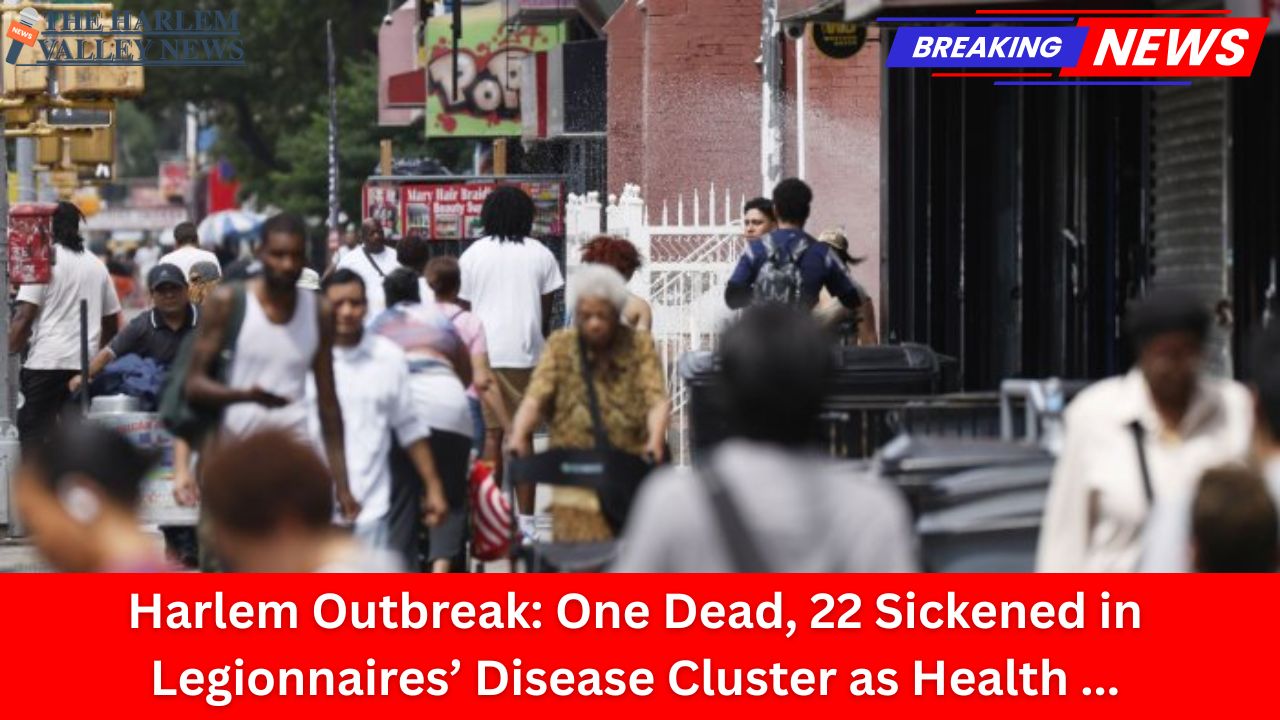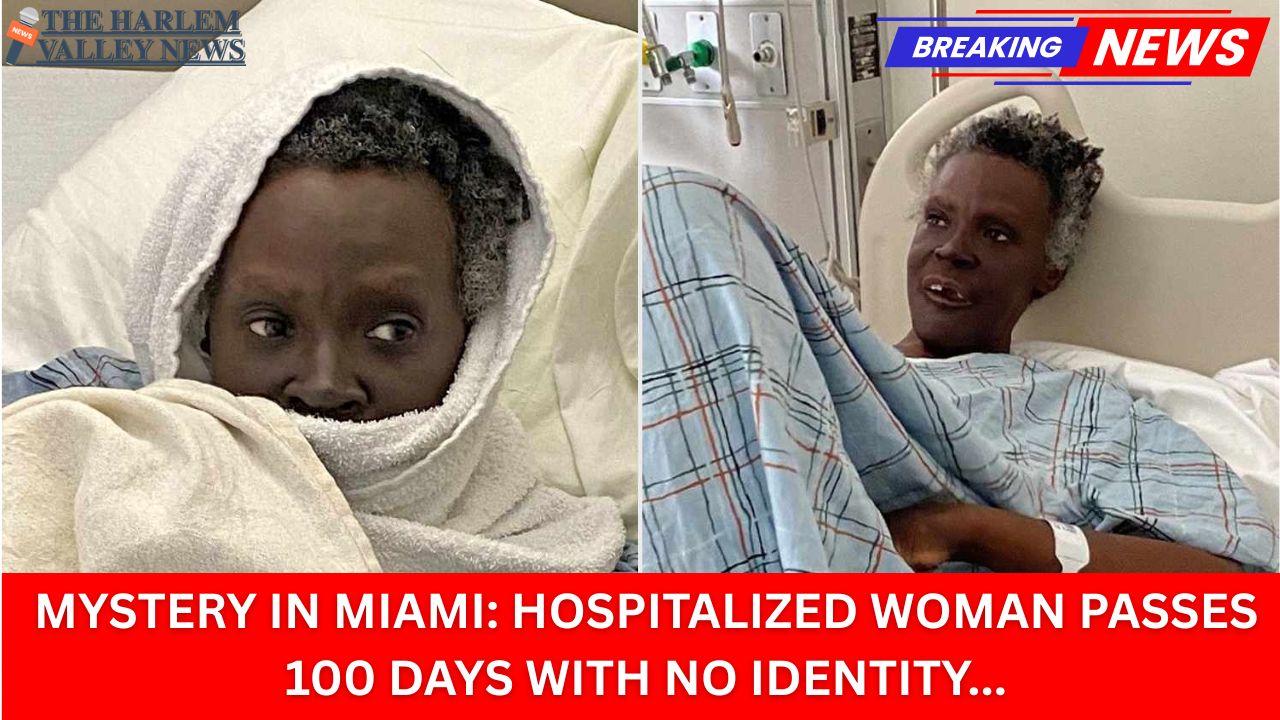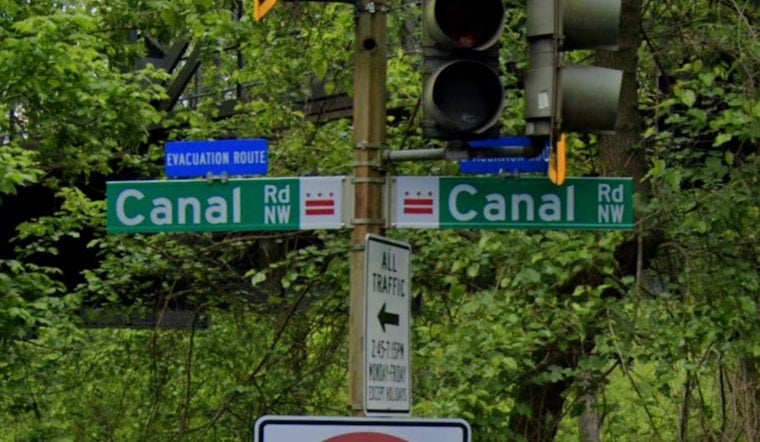Central Harlem is grappling with a public health emergency as one person has died and at least 22 others have been hospitalized in the latest Legionnaires’ disease outbreak to hit New York City. The sudden spike has left neighborhoods anxious and local officials racing to contain further spread.
The New York City Department of Health launched an immediate investigation after reporting the first case on July 25. Since last Friday, the outbreak has rapidly expanded, with cases identified across five Harlem ZIP codes—10027, 10030, 10035, 10037, and 10039—prompting an urgent public health warning for residents and workers in the area.
What Is Legionnaires’ Disease?
Legionnaires’ disease is a severe form of pneumonia caused by the Legionella bacteria. It most commonly spreads through inhaling water vapor contaminated with the bacteria, which can proliferate in warm aquatic environments found in building plumbing systems. In this outbreak, officials suspect the source is a cooling tower in the heart of Central Harlem. These towers, often atop buildings, release mist that can carry Legionella, sickening those in the vicinity who inhale the droplets.
Who Is Most at Risk?
While the disease poses little risk to most healthy adults, health officials stress that specific groups are much more vulnerable:
-
Adults over 50 years old
-
Smokers
-
People with chronic lung diseases
-
Individuals with weakened immune systems
Anyone in the affected Harlem area experiencing flu-like symptoms, such as cough, fever, chills, muscle aches, or difficulty breathing, is strongly urged to seek medical care immediately. Early diagnosis and treatment with antibiotics are critical, significantly increasing the chance of recovery and decreasing the risk of complications.
The Response: Cooling Tower Inspections and Public Alerts
In response to the outbreak, the city has issued an order for the inspection and sampling of all operational cooling towers in the impacted ZIP codes. Building owners whose towers have returned positive test results are mandated to undergo immediate cleaning and remediation within 24 hours.
“Anyone with flu-like symptoms should contact a healthcare provider as soon as possible,” emphasized Dr. Toni Eyssallenne, deputy chief medical officer for the New York City Health Department. “Legionnaires’ disease can be effectively treated if diagnosed early, but at-risk New Yorkers should be especially mindful and seek care as soon as symptoms begin.”
Residents are reassured that their tap water remains safe for drinking, cooking, and bathing, as Legionnaires’ disease is not spread by person-to-person contact or through drinking water.
Symptoms and Prevention
Symptoms of Legionnaires’ can appear anywhere from 2 to 14 days after exposure and may include:
-
Persistent cough
-
High fever and chills
-
Muscle aches
-
Headache
-
Shortness of breath
-
Occasionally abdominal discomfort, diarrhea, or confusion
Health officials recommend preventive maintenance as key to stopping future outbreaks. This includes regularly cleaning and maintaining humidifiers, showerheads, CPAP machines, water heaters, and any devices that use or store water.
Context: Not Harlem’s First Outbreak
While rare, Legionnaires’ disease is not new to New York City. Prior outbreaks have occurred, notably in 2015 in the Bronx and in 2022 in Manhattan nursing homes. Nationwide, between 6,000 and 18,000 people are hospitalized with the disease annually, and experts believe the true number may be higher due to underdiagnosis.
City’s Message to Residents
As the Health Department continues to test and sanitize affected sites, they ask all Harlem residents and visitors who have developed symptoms since late July to be vigilant and seek prompt care. Those at high risk should be especially proactive, as swift antibiotic treatment greatly reduces fatality risk.
City officials, while urging caution, emphasize that everyday life can continue for most: tap water is safe for all standard uses, and the risk of developing Legionnaires’ disease remains low for the general public.
This story will continue to develop as health authorities work to trace the source, monitor for more cases, and ensure the Harlem community’s safety. Stay tuned for updates as the situation evolves.








Leave a Reply